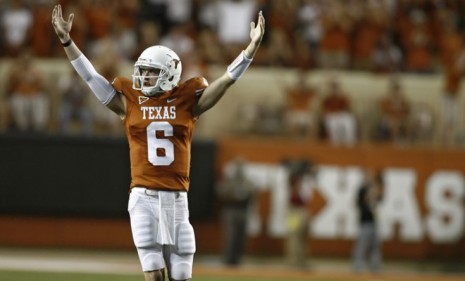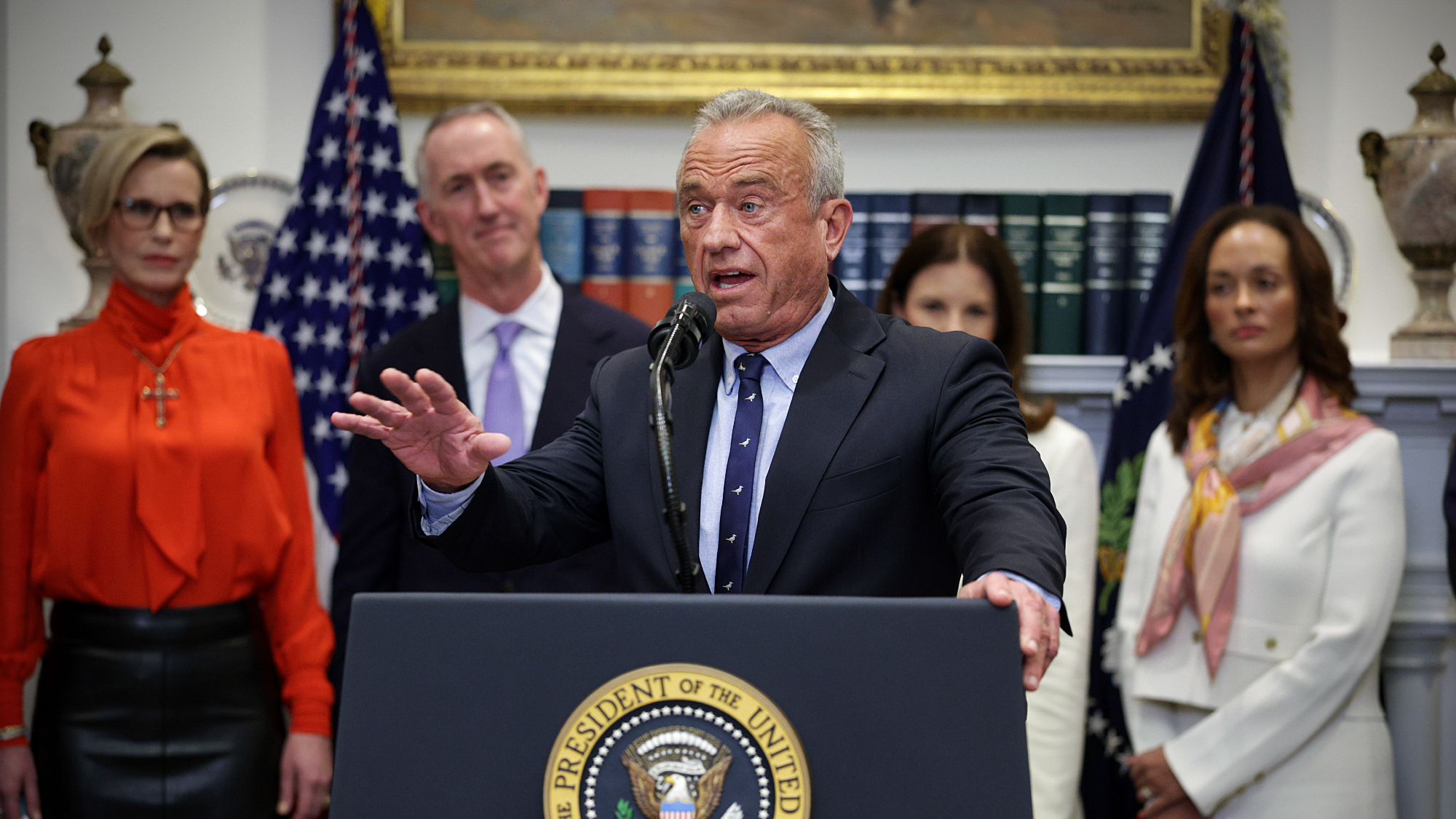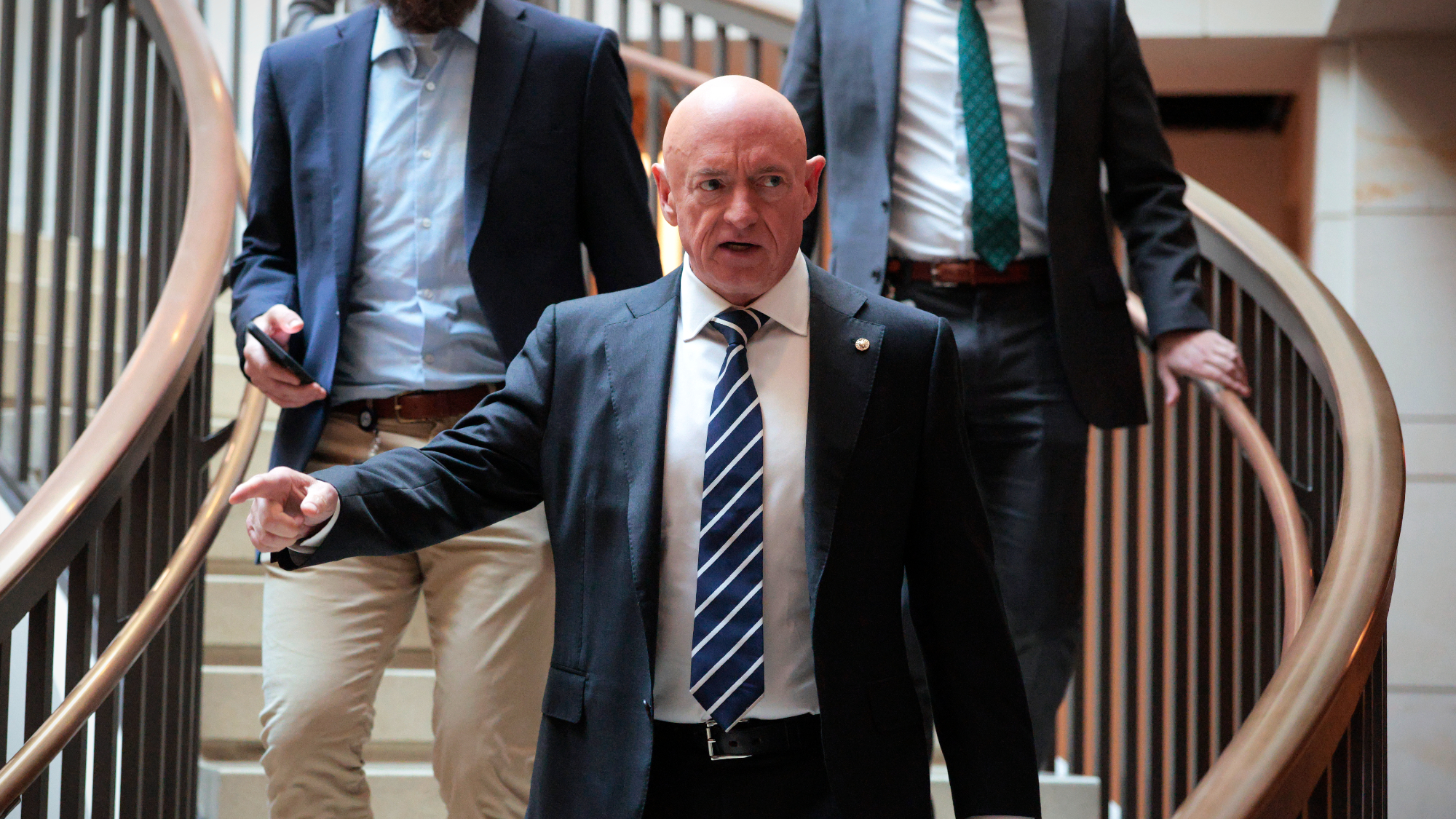Why college athletes deserve six-figure salaries
While an award-winning journalist makes the case for paying student athletes, a new study calculates exactly how much they're worth

Pulitzer-winning journalist Taylor Branch is out this week with an Atlantic piece — the "most important article ever written about college sports," according to NPR — that pillories the NCAA for failing to pay student athletes. Branch makes a detailed case for paying college athletes while lambasting the NCAA's "cynical hoaxes and legalistic confections." The publication of Branch's article coincides with a new report titled "The Price of Poverty in Big Time College Sport" (by the National College Players Association and Drexel University) that calculates the exact six-figure dollar values of various types of college athletes. Here, some key talking points:
Why aren't college athletes already paid?
The NCAA maintains that college players — "students first and athletes second" — are not paid because they are not university employees. Being a student-athlete purportedly prepares one for "a future as a professional in something other than sports." Furthermore, the NCAA says it would not be possible to determine fair salaries, as some sports incur more expenses than others, among other reasons.
The Week
Escape your echo chamber. Get the facts behind the news, plus analysis from multiple perspectives.

Sign up for The Week's Free Newsletters
From our morning news briefing to a weekly Good News Newsletter, get the best of The Week delivered directly to your inbox.
From our morning news briefing to a weekly Good News Newsletter, get the best of The Week delivered directly to your inbox.
So... why should they be paid?
"Instead of getting what they're worth," says Frederic J. Frommer for the Associated Press, these players are forced to pay costs like room, board, and travel expenses that aren't covered by most athletic scholarships — leaving many college athletes living below the poverty line. This reality "drives the powerful black market that thrives at so many universities nationwide," says the new NCPA/Drexel report. Athletic boosters allegedly bend or break the rules by doling out favors and gifts to cash-strapped student athletes. The fact that athletes are not paid while universities rake in money, says Branch, has "an unmistakable whiff of the plantation."
What would their fair share be?
According to the report, the average college basketball player is worth $265,000 per year while the average Football Bowl Subdivision player is worth $121,000. University of Texas football players are at the high end of the football scale — worth $513,000 each — while Duke's basketball players are worth the most overall, about $1 million each.
A free daily email with the biggest news stories of the day – and the best features from TheWeek.com
How were these six-figure salaries calculated?
Researchers took a college basketball or football team's revenue and applied the NBA and NFL revenue sharing figures (50 and 45 percent, respectively) to determine what percent of that money should go to the NCAA teams' players, says Barry Petchesky at Deadspin. That amount was then divided evenly among all the players on the team to come up with the average fair-market value.
Will things change?
Not anytime soon, judging from the "booster bombshell" scandal at the University of Miami, currently under NCAA investigation. But "the tragedy at the heart of college sports is not that some college athletes are getting paid" illegally or recruited with bribes, says Branch, "but that more of them are not." The NCPA/Drexel report proposes an alternative solution: Allow players to receive a portion of revenues (from TV contracts, for example) and sequester those funds in an "educational lockbox," which players can only tap to cover school-related costs. Players would receive the rest of the money only after graduation — potentially increasing graduation rates.
Sources: Associated Press, Atlantic, Deadspin, Marketwatch, NPR
-
 ‘If regulators nix the rail merger, supply chain inefficiency will persist’
‘If regulators nix the rail merger, supply chain inefficiency will persist’Instant Opinion Opinion, comment and editorials of the day
-
 Trump HHS slashes advised child vaccinations
Trump HHS slashes advised child vaccinationsSpeed Read In a widely condemned move, the CDC will now recommend that children get vaccinated against 11 communicable diseases, not 17
-
 Hegseth moves to demote Sen. Kelly over video
Hegseth moves to demote Sen. Kelly over videospeed read Retired Navy fighter pilot Mark Kelly appeared in a video reminding military service members that they can ‘refuse illegal orders’